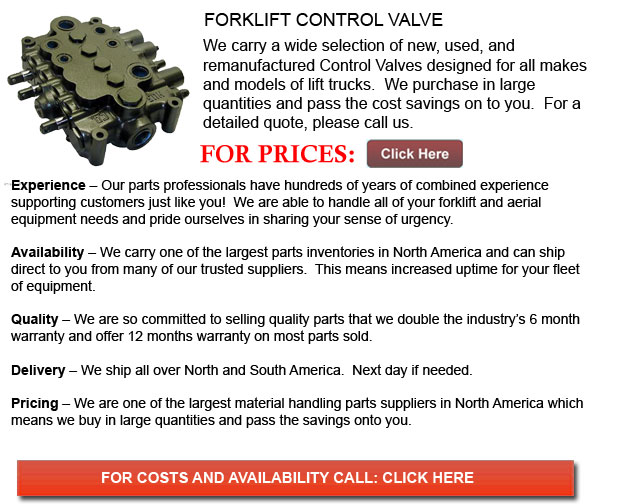
Forklift Control Valve - Automatic control systems were primarily established more than two thousand years ago. The ancient water clock of Ktesibios in Alexandria Egypt dating to the 3rd century B.C. is considered to be the very first feedback control device on record. This particular clock kept time by regulating the water level in a vessel and the water flow from the vessel. A popular style, this successful equipment was being made in a similar manner in Baghdad when the Mongols captured the city in 1258 A.D.
Various automatic equipment through history, have been utilized so as to complete specific tasks. A common style utilized throughout the seventeenth and eighteenth centuries in Europe, was the automata. This particular device was an example of "open-loop" control, consisting dancing figures which will repeat the same job repeatedly.
Feedback or likewise known as "closed-loop" automatic control machines include the temperature regulator found on a furnace. This was actually developed in 1620 and accredited to Drebbel. Another example is the centrifugal fly ball governor developed in the year 1788 by James Watt and used for regulating the speed of steam engines.
J.C. Maxwell, who discovered the Maxwell electromagnetic field equations, wrote a paper in 1868 "On Governors," that can explain the instabilities demonstrated by the fly ball governor. He utilized differential equations to be able to describe the control system. This paper demonstrated the importance and helpfulness of mathematical methods and models in relation to understanding complex phenomena. It also signaled the start of mathematical control and systems theory. Previous elements of control theory had appeared before by not as convincingly and as dramatically as in Maxwell's analysis.
Within the next one hundred years control theory made huge strides. New developments in mathematical methods made it possible to more accurately control considerably more dynamic systems than the first fly ball governor. These updated methods consist of different developments in optimal control during the 1950s and 1960s, followed by progress in stochastic, robust, optimal and adaptive control methods during the 1970s and the 1980s.
New technology and applications of control methodology has helped make cleaner engines, with more efficient and cleaner processes helped make communication satellites and even traveling in space possible.
Initially, control engineering was performed as just a part of mechanical engineering. Control theories were at first studied with electrical engineering since electrical circuits can simply be described with control theory methods. Today, control engineering has emerged as a unique practice.
The first controls had current outputs represented with a voltage control input. In order to implement electrical control systems, the correct technology was unavailable at that moment, the designers were left with less efficient systems and the option of slow responding mechanical systems. The governor is a really effective mechanical controller that is still normally used by various hydro plants. Ultimately, process control systems became offered before modern power electronics. These process controls systems were normally utilized in industrial applications and were devised by mechanical engineers making use of pneumatic and hydraulic control machines, lots of which are still being utilized these days.
![]() Click to Download the pdf
Click to Download the pdf
Forklift Parts
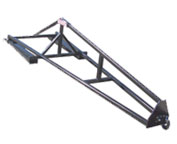
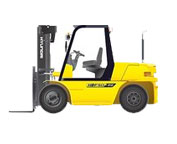
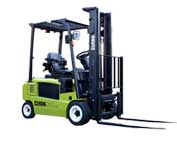
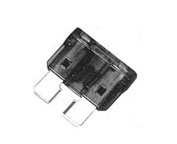
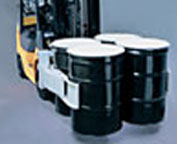

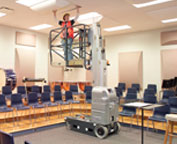
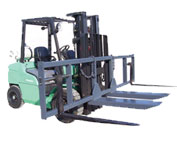
Lift Parts Express
TOLL FREE: 1-888-695-7994
Memphis, Tennessee
forkliftpartsmemphis.com
Email Us
About Us


